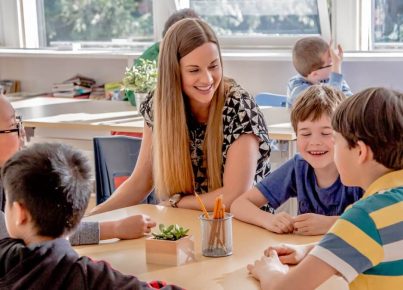Education and student development are always at the forefront of teaching strategies. As educators, we are continuously searching for new and effective ways to provide our students with the feedback they need in order to succeed. One simple yet powerful acronym that can help give students better feedback is GPS. In this article, we will explore the significance of GPS and its application in a classroom setting.
GPS stands for Goals, Progress, and Strategies. Let’s break down each element of this feedback model and see how they can be incorporated to enhance the learning experience:
1. Goals
Clear, measurable goals are essential for students to achieve success in their education. Setting goals helps them understand what is expected from them, allows them to track their growth, and maintains motivation throughout the learning process.
To establish effective goals, teachers can collaborate with their students to create specific and achievable milestones. Collectively deciding on the goals not only encourages accountability but also fosters a sense of ownership amongst the students.
2. Progress
Monitoring a student’s progress is a crucial component of providing valuable feedback. Regularly discussing their achievements, or shortfalls, ensures that advancements are recognized and challenges are addressed in a timely manner.
Teachers can track progress by discussing grades, project completions or skill improvements with students at regular intervals. Moreover, they should synchronize their feedback methods with every student’s personal journey—acknowledging individual accomplishments while remaining attentive to areas requiring attention.
3. Strategies
Lastly, offering constructive strategies is an indispensable aspect of quality feedback. By providing actionable solutions aimed at addressing any obstacles inhibiting progress, teachers encourage continuous improvement among their students.
When presenting strategies for overcoming academic hurdles or approaching new learning objectives, teachers should draw upon concrete steps that align with each student’s unique needs. Possible strategies might include incorporating different study techniques or eliciting peer support as a means of fostering both personal and collective growth.
In conclusion, the GPS acronym—Goals, Progress, and Strategies—serves as an invaluable framework for delivering effective feedback to students. As teachers adopt and adapt this model to their unique classroom dynamics, there is significant potential for enhancing the educational experiences and outcomes of their students. By setting clear goals, regularly discussing progress, and providing actionable strategies for improvement, educators can foster a supportive learning environment that drives academic success.




